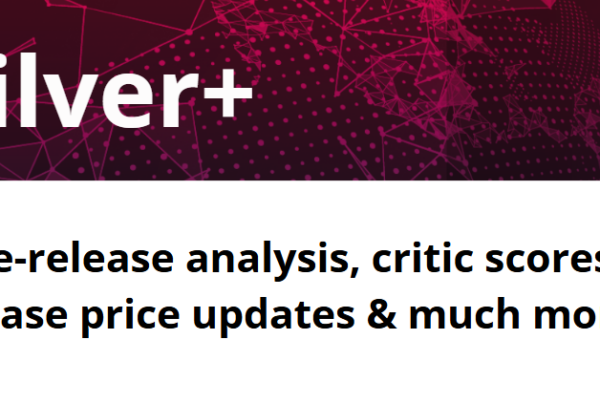- Brand recognition and aging potential are essential for fine wines to thrive in the secondary market.
- The fine wine market moves in cycles, influenced by macroeconomic events.
- Platforms like Liv-ex enhance transparency and liquidity, making fine wine trading more efficient.
The fine wine market is unique, defined not just by the quality of the wine itself but by the development of a robust secondary market. This market allows buyers and sellers to engage in trade, creating an ecosystem where fine wine can thrive as an alternative asset class. With an estimated turnover of around $7 billion annually, the fine wine market operates differently from traditional financial assets, often exhibiting a low correlation with them.



